As the crisp air of autumn settles in and your lawn’s growth begins to slow, it might be tempting to stash away the mower and call it quits until next year. But here’s the truth: what you do for your lawn in fall determines how healthy and green it will look in spring.
Neglecting fall maintenance leads to compacted soil, patchy grass, and early weed infestations—issues that can take months to fix once the growing season begins. The good news? With a few strategic tasks now, you can prevent most spring lawn problems before they start.
Here are six essential fall lawn tasks that will help your grass thrive when winter fades and the growing season returns.
1. Keep Mowing (But Adjust the Height)
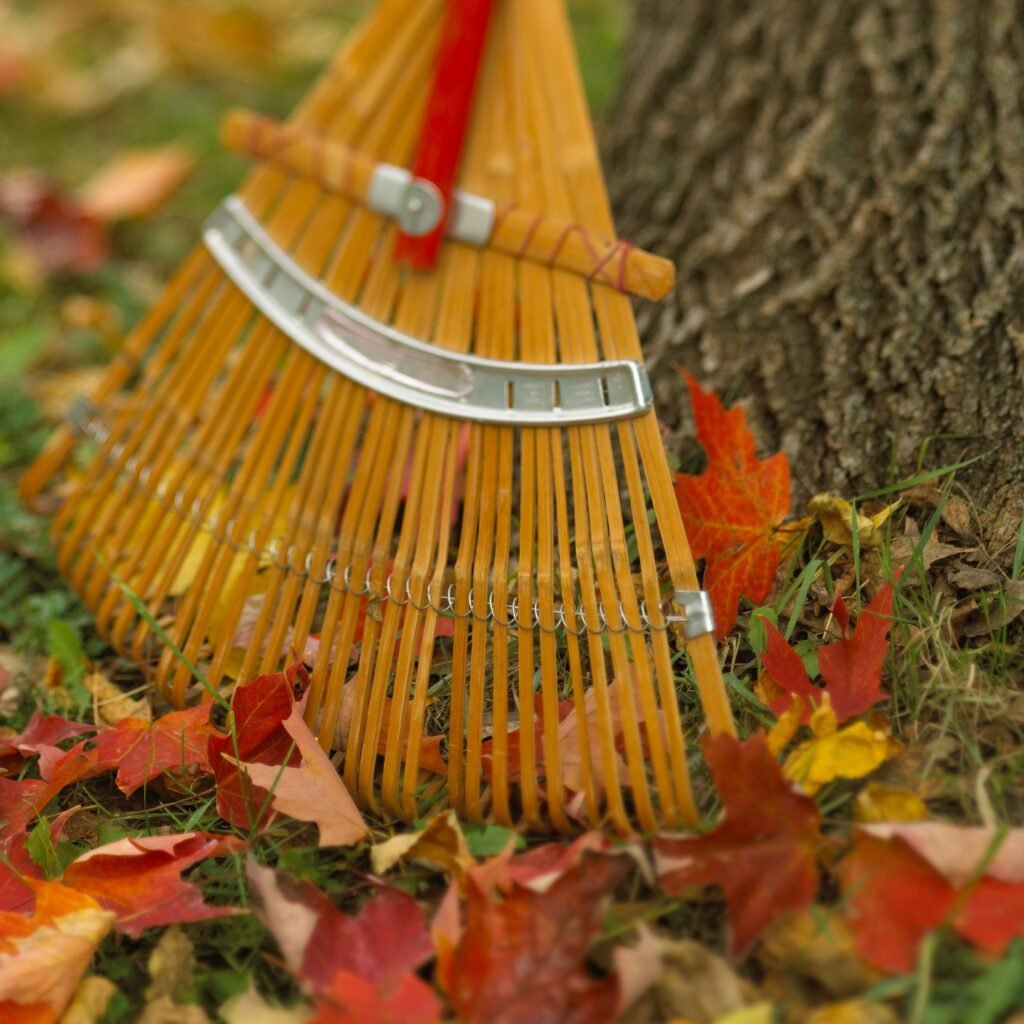
Many homeowners stop mowing as soon as the weather cools, but grass continues to grow until soil temperatures drop below 50°F (10°C). Regular mowing through late fall keeps the lawn neat and helps prevent snow mold and fungal diseases that thrive in long, matted grass.
What to do:
- Continue mowing every 10–14 days until growth stops.
- Gradually lower the cutting height to about 2½ inches for cool-season grasses (like fescue, bluegrass, or rye).
- Never remove more than one-third of the blade at once—shortening too quickly can stress the grass.
Why it matters:
Shorter grass before winter allows better airflow, reduces mold, and prevents matting under snow. It also helps sunlight reach the crown of each plant, strengthening it for early spring growth.
Pro Tip: Sharpen your mower blade before the final mow. A clean cut prevents tearing and disease entry.
2. Rake and Remove Leaves Regularly
It’s easy to assume that fallen leaves will decompose naturally and feed your soil—but when left in thick layers, they smother grass and create perfect breeding grounds for mold, pests, and fungi like snow mold or dollar spot.
Why raking matters:
- A layer of wet, decomposing leaves blocks light and air from reaching your turf.
- Moisture trapped beneath the leaves encourages rot and suffocates roots.
How to manage leaves efficiently:
- Rake or blow leaves weekly throughout fall rather than waiting until all have dropped.
- Instead of bagging them, mulch the leaves using your mower with a mulching blade—finely shredded leaves can decompose safely and return organic matter to your soil.
- For thick leaf cover (like under large trees), rake and compost the excess to use as mulch in your flower beds.
Pro Tip: A thin layer of mulched leaves can actually insulate and enrich your lawn—so don’t overdo removal, just keep it breathable.
3. Aerate Compacted Soil
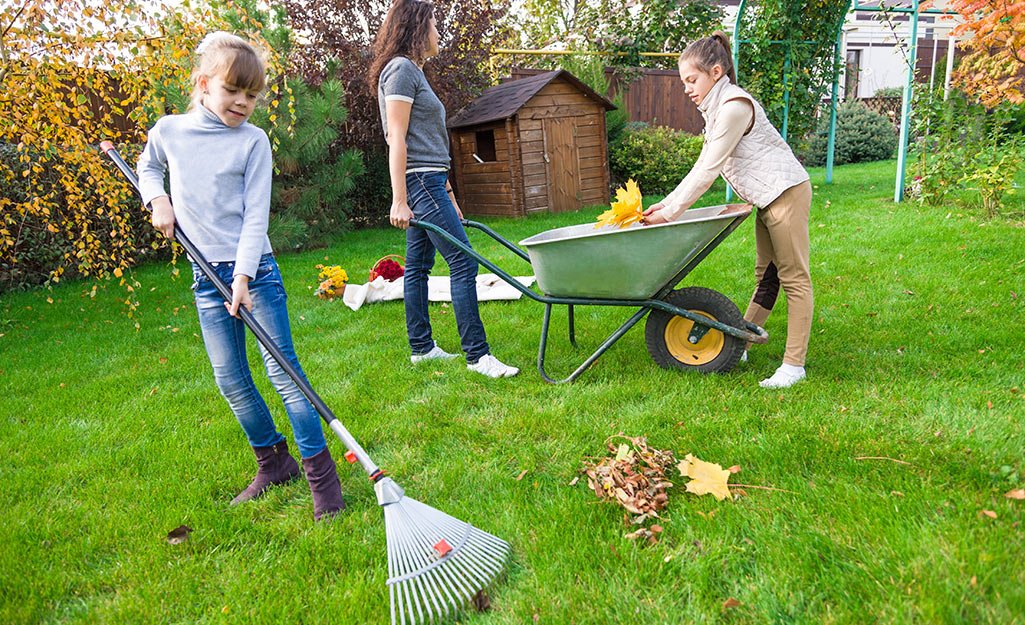
By the end of summer, your lawn soil is likely compacted from foot traffic, play, and dry conditions. Compaction reduces the movement of air, water, and nutrients to the roots—leading to patchy grass and weak growth in spring.
Fall aeration relieves that compaction, creating small holes in the soil that allow your lawn to “breathe” again.
How to do it:
- Use a core aerator (available for rent or purchase) that pulls out plugs of soil about 2–3 inches deep.
- Focus on high-traffic areas and spots that often pool water.
- Leave the extracted plugs on the surface—they’ll break down naturally, returning nutrients to the soil.
Timing:
Aerate when the soil is moist but not soggy—ideally after a rainfall or light watering.
Why fall is perfect:
Cool-season grasses are still actively growing and can quickly recover, making this the best time to aerate and strengthen root systems before winter dormancy.
4. Overseed Bare or Thin Areas
Bare patches or thinning turf don’t fix themselves—they usually worsen after winter. Overseeding in fall gives new grass the best possible start: warm soil for germination, cool air for growth, and minimal competition from weeds.
Steps to overseed effectively:
- Mow low (around 2 inches) and rake to expose soil.
- Spread a high-quality seed mix suitable for your region and lawn type.
- Lightly rake again to ensure good soil contact.
- Water daily for 10–14 days or until germination.
For large lawns, use a broadcast spreader to distribute seed evenly.
Pro Tip: Combine overseeding with aeration. The holes from aeration create perfect pockets for seeds to settle in and establish strong roots.
Bonus: Fall seeding allows young grass to develop deep roots before winter, ensuring it greens up faster and thicker in spring.
5. Fertilize for Strong Roots
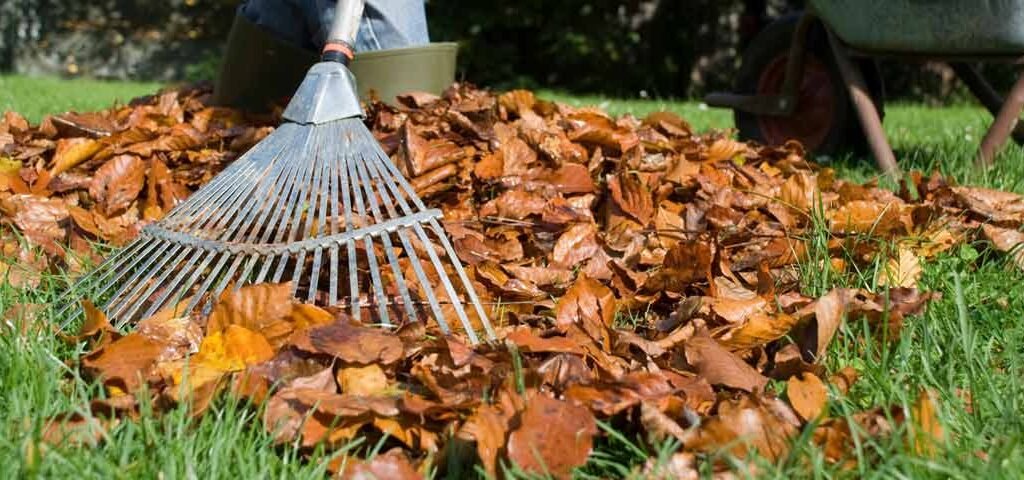
Spring fertilizing boosts growth above the soil, but fall fertilizing is all about building what’s beneath—deep, resilient roots.
When the grass blade growth slows in autumn, the plant naturally shifts its energy toward root and carbohydrate storage. Applying a slow-release, nitrogen-rich fertilizer at this stage supports that process and gives your lawn a nutritional reserve for early spring growth.
Best timing:
- Apply fertilizer 4–6 weeks before the ground freezes.
- For most regions, that means late October or early November.
Choose a fertilizer labeled “Fall Lawn Food” or one with a higher potassium content (the last number on the fertilizer label). Potassium helps strengthen cell walls and increase cold tolerance.
Application tips:
- Use a spreader for even coverage.
- Water lightly after fertilizing to help nutrients soak into the root zone.
- Avoid over-fertilizing—it can cause excessive top growth before winter, leaving grass vulnerable to frost.
Result:
A well-fed lawn in fall wakes up lush, green, and full of vigor in spring—with fewer weeds and bare spots.
6. Control Weeds and Repair Edges
Weeds like dandelions, chickweed, and clover are opportunists—they thrive in weak lawns and often overwinter to reappear stronger in spring. Tackling them now ensures they don’t steal nutrients from your grass during the dormant months.
Fall weed control strategy:
- Spot-treat broadleaf weeds using a selective herbicide while they’re still actively growing.
- For organic gardens, use vinegar-based or iron-based natural weed killers, or hand-pull weeds after a light rain (when roots come up easily).
- Follow up with overseeding to fill in bare spots and crowd out new weed growth.
Don’t forget the edges!
Neatening up the borders of your lawn not only improves appearance but also prevents grass from encroaching onto walkways or flower beds. Use a sharp edging tool to redefine borders before winter.
Pro Tip: After weed control, add a thin layer of compost or topsoil over treated areas to restore microbial balance and aid healthy regrowth.
Bonus Task: Clean and Service Lawn Tools
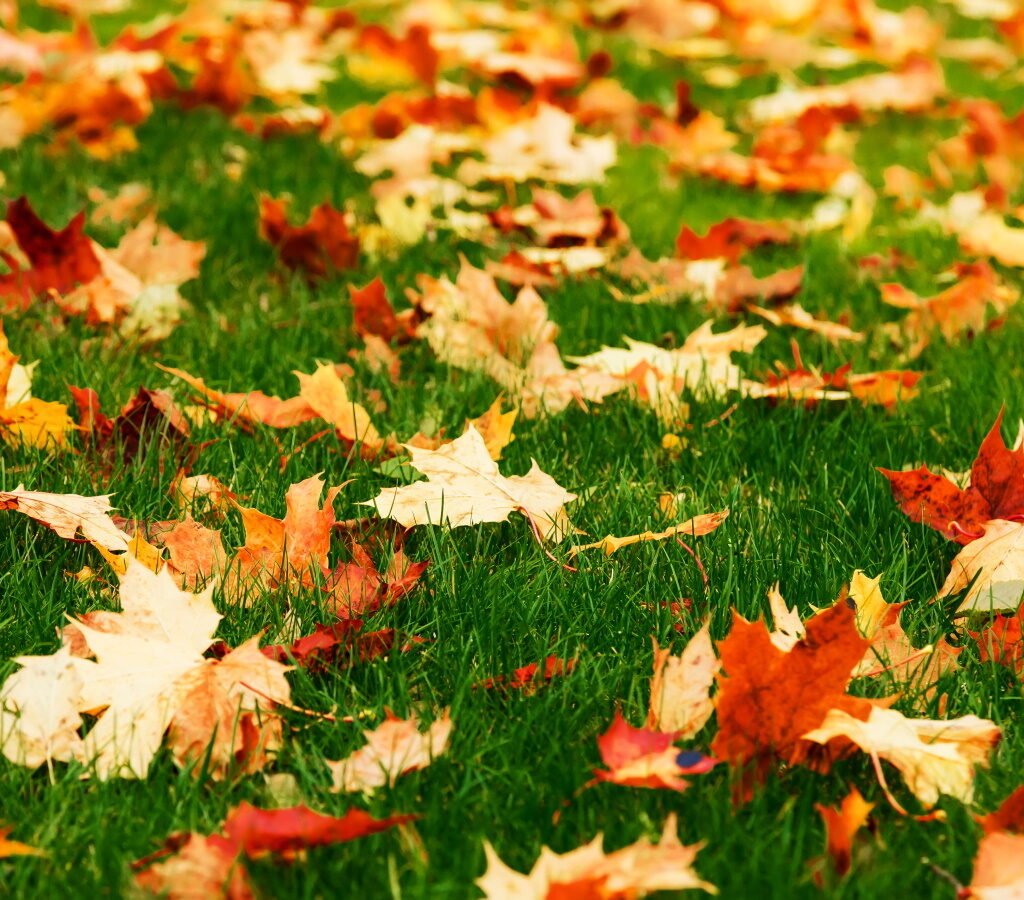
Once you’ve finished your fall lawn prep, take a few minutes to clean, sharpen, and oil your garden tools. Drain fuel from the mower, clean filters, and store everything in a dry space.
A little maintenance now prevents rust, saves money on repairs, and ensures you’re ready to go next spring without delay.
Putting It All Together: A Fall-to-Spring Timeline
Here’s how these six tasks fit into an ideal fall lawn care schedule:
| Task | Best Timing | Purpose |
|---|---|---|
| Mow and lower cutting height | Early–mid fall | Prevents snow mold and strengthens turf |
| Rake or mulch leaves | Throughout fall | Prevents suffocation and disease |
| Aerate compacted soil | Mid fall | Improves root growth and oxygen flow |
| Overseed thin areas | Mid–late fall | Promotes dense spring coverage |
| Apply fall fertilizer | Late fall | Builds strong roots and nutrient reserves |
| Weed and edge lawn | Early–mid fall | Reduces spring weed problems |
Follow this sequence, and your lawn will enter winter strong and emerge in spring thick, healthy, and ready to impress.
Final Thoughts
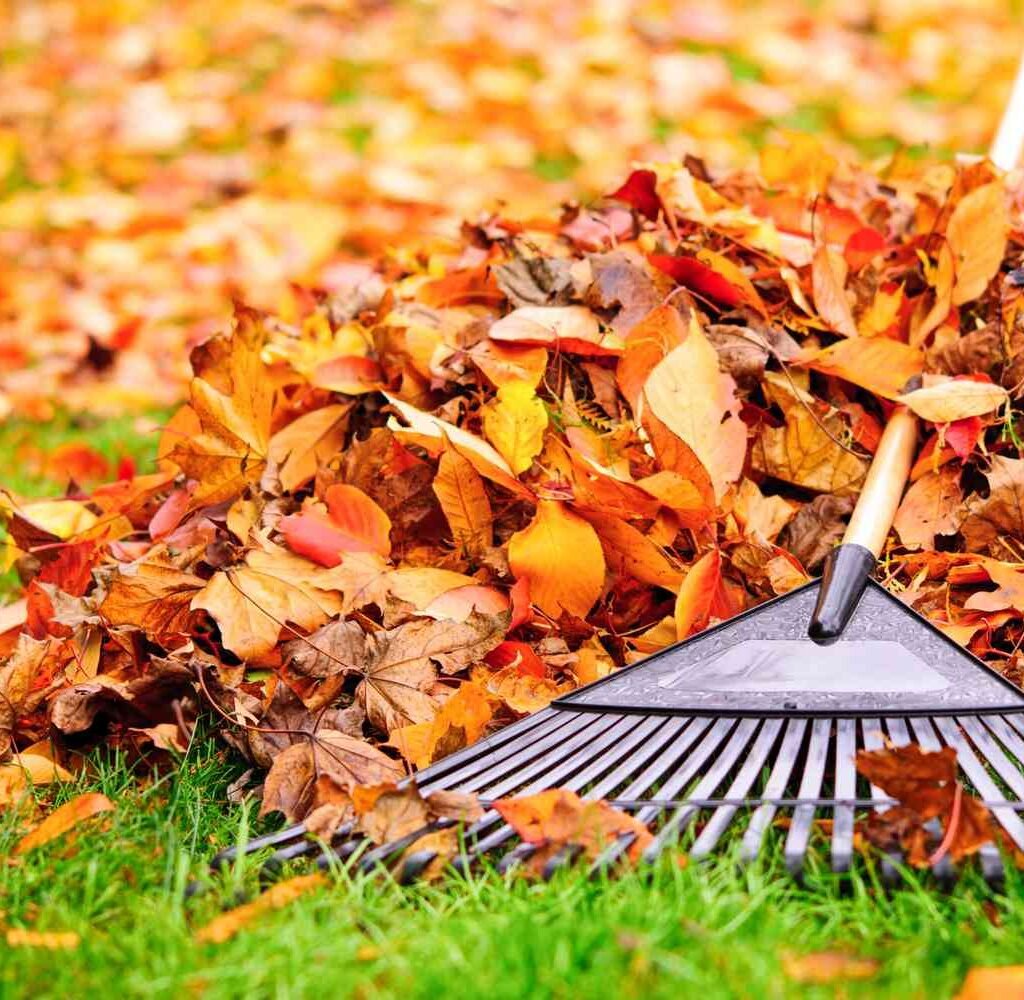
Think of fall as the “recharge” season for your lawn. It’s when your grass quietly stores energy and prepares for the next growth cycle. Neglect it, and you’ll spend spring battling weeds, disease, and bare patches.
But with just a few extra hours of care this fall—mowing smartly, feeding deeply, aerating, and clearing debris—you’re setting up a lawn that will reward you with lush, vibrant growth next year.
So before the first frost hits, roll up your sleeves and give your lawn the attention it deserves. Come spring, when your neighbors are reseeding and patching up winter damage, you’ll already be enjoying a carpet of green that’s the envy of the block.
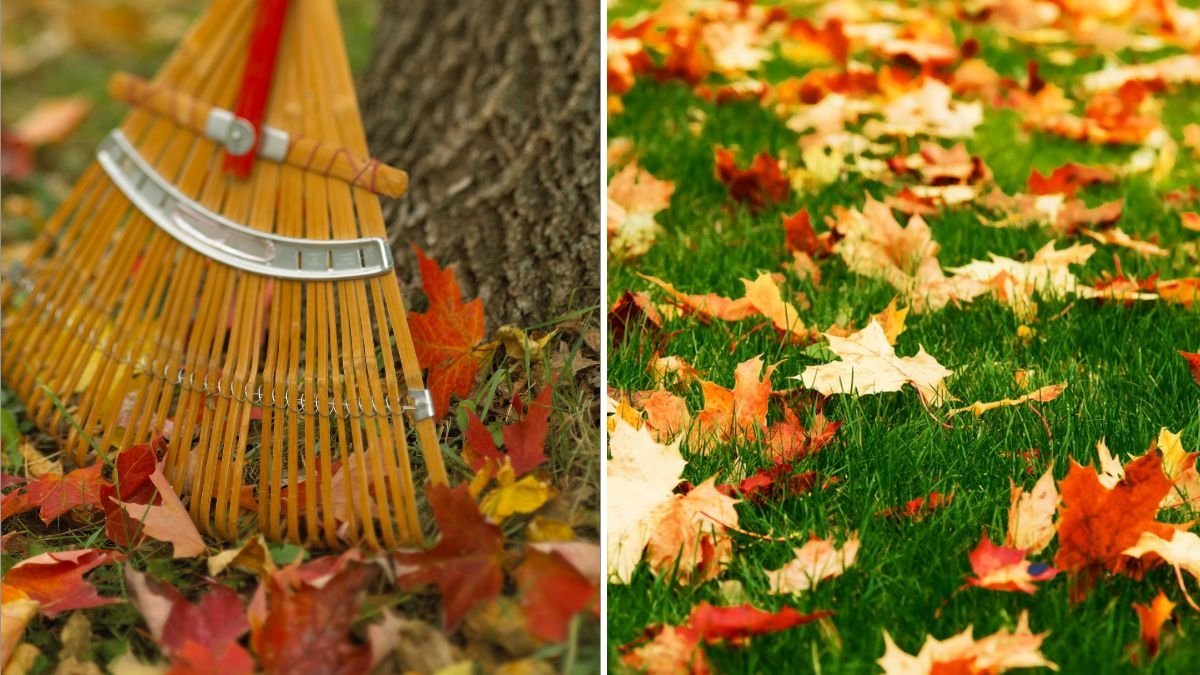
Leave A Comment